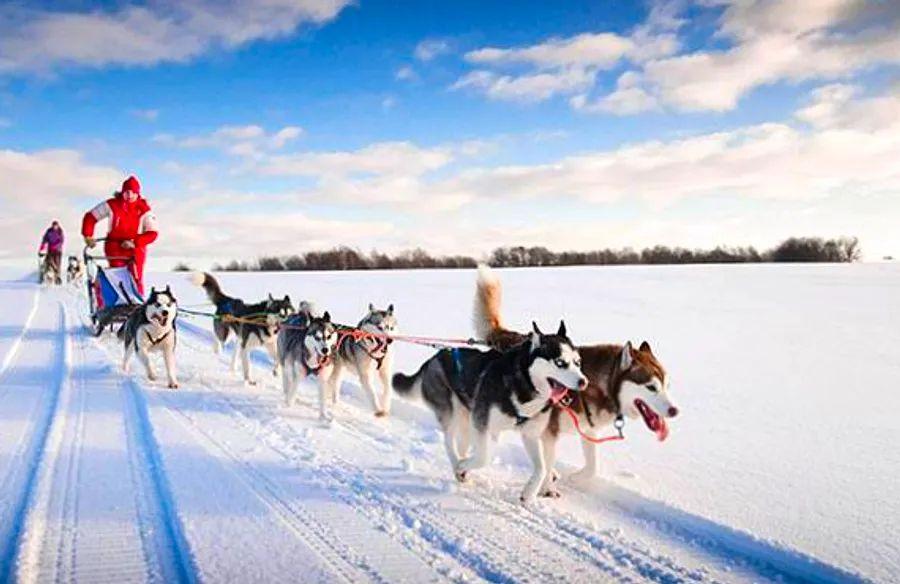Essential Dog Sledding Insights for Your Alaskan Adventure

Get ready to mush! Few holidays offer the thrill of steering a team of huskies across the icy landscape. Historically, dogsledding was essential for survival in the Arctic. Today, many operators let you experience this exhilarating activity firsthand on your next Alaska cruise.
Indigenous tribes have relied on dogsleds for centuries, with evidence of this practice dating back over 1,000 years. During the Alaskan Gold Rush in the late 19th century, sled dogs played a crucial role, transporting gold seekers, supplies, and even doctors on house calls. The U.S. Postal Service even delivered mail by dogsled until 1963, allowing Americans to explore the Arctic with a team of huskies.
The story of dogsledding captured national attention in 1925 when the small town of Nome, Alaska faced a deadly diphtheria outbreak. They urgently needed a life-saving serum, but it was over 700 miles away. A blizzard grounded planes, leaving dogsledding as the only option. Over six days, six teams of sled dogs relayed the serum to Nome, saving the town and making headlines across the country. The team was led by a Siberian husky named Balto, who became a national hero, honored with a statue in Central Park that stands to this day.
In 1973, to honor the legendary Nome serum run, the Iditarod Trail Sled Dog Race was established, covering the historic route from Anchorage to Nome. This annual event has grown into the largest dogsledding competition globally and is Alaska's premier sporting event. Each year, dedicated mushers and their teams of 16 dogs tackle a grueling 1,150-mile journey along the iconic Iditarod Trail, an old mail and supply route through Alaska's rugged interior. Competitors from around the world brave frigid temperatures, fierce winds, and challenging terrains in this prestigious race.
Today's dogsled teams are typically composed of Alaskan huskies, Siberian huskies, and Alaskan malamutes. Each team has a lead dog, often the smartest of the bunch, who sets the pace. Following closely are swing dogs that assist in steering the sled, while the team dogs in the middle provide speed (up to 20 mph). At the back, wheel dogs, usually the largest, help pull the sled free if it gets stuck.

Unlike horses, dogsled teams are guided by verbal commands rather than reins. To start the team, shout "Mush!" For a right turn, say "Gee," and for a left turn, use "Haw." To stop the team, command "Whoa!"
Be sure to practice your "Haws" and "Gees" before your Alaskan adventure. If you’re fortunate enough to join an Alaskan cruisetour, you’ll have the chance to visit a musher's kennel and enjoy a private tour. By the end of your cruise, you’ll be ready to mush like a pro—maybe even consider joining the Iditarod next year!
Evaluation :
5/5



